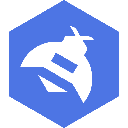-
 bitcoin
bitcoin $99177.955738 USD
-7.32% -
 ethereum
ethereum $3187.183061 USD
-12.38% -
 tether
tether $0.999809 USD
0.00% -
 xrp
xrp $2.117933 USD
-9.42% -
 bnb
bnb $906.710033 USD
-9.17% -
 solana
solana $149.367737 USD
-10.74% -
 usd-coin
usd-coin $0.999816 USD
0.01% -
 tron
tron $0.281498 USD
-0.38% -
 dogecoin
dogecoin $0.156292 USD
-8.00% -
 cardano
cardano $0.500744 USD
-10.19% -
 hyperliquid
hyperliquid $38.087358 USD
-4.58% -
 chainlink
chainlink $14.097831 USD
-8.54% -
 bitcoin-cash
bitcoin-cash $463.329916 USD
-9.22% -
 ethena-usde
ethena-usde $0.999078 USD
-0.01% -
 unus-sed-leo
unus-sed-leo $9.475862 USD
-0.79%
How do I get started with blockchain development?
Master blockchain fundamentals like decentralization, consensus, and smart contracts before choosing a platform like Ethereum or Solana for development.
Aug 04, 2025 at 09:29 am
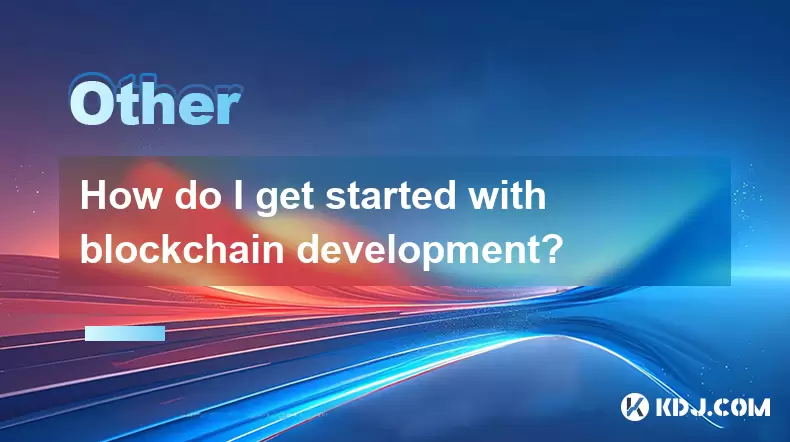
Understanding Blockchain Fundamentals
Before diving into blockchain development, it's essential to understand the foundational concepts that define the technology. Blockchain is a decentralized, distributed ledger that records transactions across a network of computers. Each block contains a list of transactions and is cryptographically linked to the previous one, forming a chain. This structure ensures immutability and transparency. Developers must grasp key components such as consensus mechanisms (e.g., Proof of Work, Proof of Stake), public-key cryptography, and smart contracts. Learning how nodes communicate and validate transactions helps in building a solid foundation. Resources like whitepapers, especially the Bitcoin whitepaper by Satoshi Nakamoto, and online courses from platforms like Coursera or edX can be instrumental in acquiring this knowledge.
Selecting a Blockchain Platform
Choosing the right blockchain platform is a critical step. Different platforms serve different use cases and come with distinct features. Ethereum is widely used for decentralized applications (dApps) due to its robust support for smart contracts written in Solidity. Alternatives like Binance Smart Chain (BSC) and Polygon offer lower transaction fees and faster processing. For enterprise applications, Hyperledger Fabric provides a permissioned blockchain environment suitable for businesses. Solana and Avalanche are known for high throughput and low latency, making them ideal for performance-sensitive applications. Evaluate factors such as scalability, community support, documentation quality, and tooling ecosystem when making your choice. Access to comprehensive developer documentation and active forums can significantly ease the learning curve.
Setting Up the Development Environment
To begin coding, you need to configure your local development environment. Start by installing Node.js and npm, which are essential for running JavaScript-based blockchain tools. Next, install Truffle, a popular development framework for Ethereum, using the command:
npm install -g truffleInstall Ganache, a personal blockchain for testing, either via the Truffle suite or as a standalone application. This allows you to simulate a blockchain network locally. For interacting with smart contracts, set up MetaMask, a browser extension wallet that connects to various networks. Configure MetaMask to use the localhost network pointing to Ganache. Additionally, install Solidity compiler via npm or use Remix IDE, a browser-based tool for writing and testing smart contracts. Ensure all tools are updated to compatible versions to avoid dependency conflicts.
Writing and Deploying Your First Smart Contract
Create a new Truffle project by running:
truffle initInside the contracts/ directory, create a file named MyToken.sol. Write a basic ERC-20 compliant token contract using Solidity. Here’s a simplified structure:
pragma solidity ^0.8.0;
contract MyToken {
string public name = 'MyToken';
string public symbol = 'MTK';
uint256 public totalSupply = 1000000;
mapping(address => uint256) public balanceOf;
constructor() {
balanceOf[msg.sender] = totalSupply;
}
}
After writing the contract, compile it:
truffle compile
Create a migration script in the `migrations/` folder to deploy the contract. Then deploy it to the local Ganache network:
truffle migrate --network development
Verify the deployment by checking Ganache for updated account balances. Use **Remix IDE** as an alternative to test the contract in a sandboxed environment without local setup.
Interacting with the Blockchain Using Web3.js or Ethers.js
To connect your frontend application to the blockchain, use **Web3.js** or **Ethers.js**. Install Ethers.js via npm:
npm install ethers
Create an HTML file with a script that initializes a provider and connects to MetaMask:
if (window.ethereum) { const provider = new ethers.providers.Web3Provider(window.ethereum); await provider.send('eth_requestAccounts', []); const signer = provider.getSigner(); const contract = new ethers.Contract(contractAddress, contractABI, signer); }
Replace `contractAddress` with the deployed contract address and `contractABI` with the ABI generated during compilation. Use functions like `contract.balanceOf(address)` to read data or `contract.transfer(to, amount)` to send transactions. Handle events such as **transaction confirmations** and **errors** to improve user experience. Test interactions thoroughly on the local network before deploying to testnets like **Ropsten** or **Sepolia**.
Testing and Debugging Smart Contracts
Robust testing ensures contract reliability. Use **Truffle’s testing framework** with JavaScript or Solidity-based tests. Create a test file in the `test/` directory:
contract('MyToken', (accounts) => { it('should assign totalSupply to creator', async () => { const instance = await MyToken.deployed(); const balance = await instance.balanceOf(accounts[0]); assert.equal(balance.toString(), '1000000', 'Initial balance incorrect'); }); });
Run tests with:
truffle test
Use **console.log** in Solidity via **hardhat console** if using Hardhat instead of Truffle. For debugging, analyze transaction traces in Ganache, which shows function calls, gas usage, and state changes. Employ **assertions** and **require statements** in Solidity to catch errors early. Consider using **Slither** or **MythX** for automated security analysis to detect vulnerabilities like reentrancy or overflow.
Frequently Asked Questions
**Is prior programming experience necessary for blockchain development?**
Yes, familiarity with programming languages like **JavaScript** and **Solidity** is essential. Understanding object-oriented and functional programming concepts helps in writing efficient smart contracts. Experience with web development is beneficial when building dApp frontends.
**Which network should I use for deploying my first dApp?**
Begin with a **testnet** such as **Sepolia** or **Mumbai**. These networks use free test ETH or tokens, allowing you to experiment without financial risk. Connect MetaMask to the testnet and obtain tokens from a faucet.
**How do I secure my smart contracts against attacks?**
Implement **input validation**, use **checked arithmetic** (Solidity 0.8+ does this by default), and avoid known vulnerable patterns. Apply the **checks-effects-interactions** pattern to prevent reentrancy. Have your code audited by peers or use automated tools like **Slither**.
**Can I develop blockchain applications without running a full node?**
Disclaimer:info@kdj.com
The information provided is not trading advice. kdj.com does not assume any responsibility for any investments made based on the information provided in this article. Cryptocurrencies are highly volatile and it is highly recommended that you invest with caution after thorough research!
If you believe that the content used on this website infringes your copyright, please contact us immediately (info@kdj.com) and we will delete it promptly.
- Germany's Celtic Gold Rush: Metal Detectors Unearth Ancient Treasures
- 2025-11-06 03:00:01
- XRP, Corporate Treasuries, and FX Hedging: A New Era for Global Finance?
- 2025-11-06 02:30:01
- ARC Token: India's Bold Step into Government Securities-Backed Digital Assets
- 2025-11-06 02:45:01
- Solana's Price Recovery: Harmonic Launch and Key Developments
- 2025-11-06 01:05:01
- Nebius Token Factory: Democratizing AI Deployment at Scale
- 2025-11-06 01:35:01
- Navigating the Crypto Landscape: Investment Opportunities in Web3, Bitcoin, and Ethereum
- 2025-11-06 00:55:01
Related knowledge

What is a block explorer and how do you use it?
Oct 24,2025 at 12:36am
What Is a Block Explorer?1. A block explorer is a web-based tool that allows users to view and analyze data on a blockchain network in real time. It f...

What is the "hash rate" of a blockchain network?
Oct 10,2025 at 03:55pm
Understanding Hash Rate in Blockchain Networks1. The hash rate refers to the total computational power being used to process transactions and mine new...
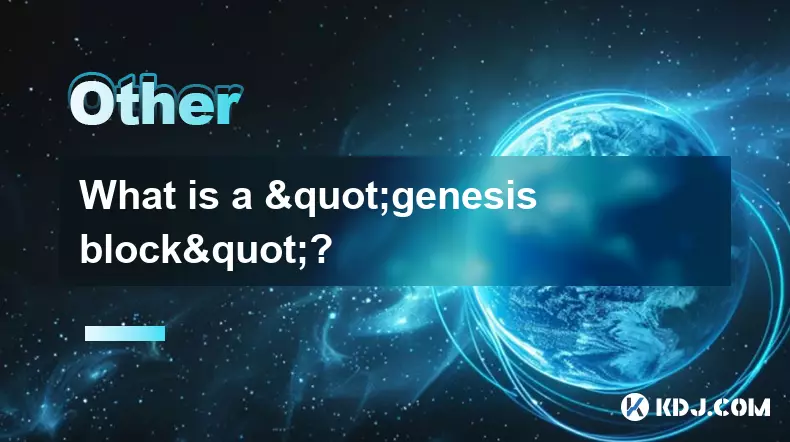
What is a "genesis block"?
Oct 15,2025 at 07:55pm
Understanding the Genesis Block in CryptocurrencyThe genesis block is the very first block in a blockchain network. It serves as the foundation upon w...
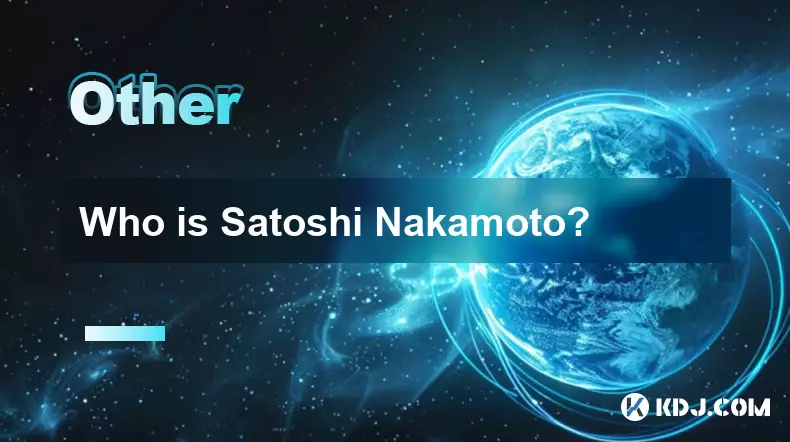
Who is Satoshi Nakamoto?
Oct 15,2025 at 01:01pm
Who is Satoshi Nakamoto?1. Satoshi Nakamoto is the pseudonymous individual or group credited with creating Bitcoin, the first decentralized cryptocurr...

How does blockchain technology actually work?
Oct 11,2025 at 02:36pm
Understanding the Core Mechanism of Blockchain1. At its foundation, blockchain is a decentralized digital ledger that records transactions across mult...
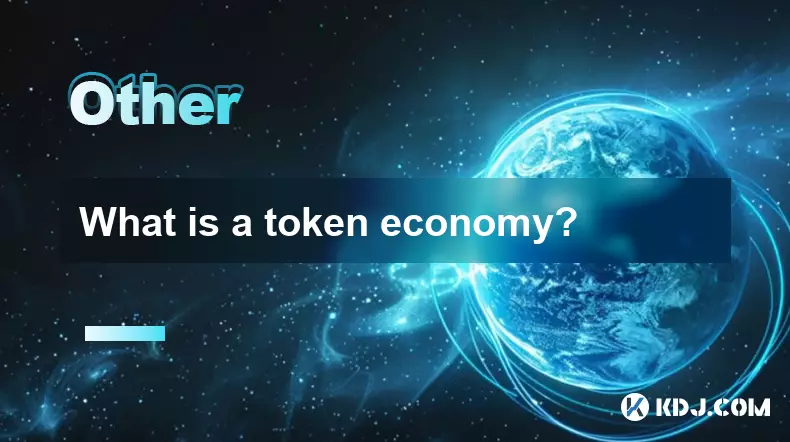
What is a token economy?
Sep 20,2025 at 12:18am
Understanding the Foundations of a Token Economy1. A token economy in the context of cryptocurrency refers to a system where digital tokens are used a...

What is a block explorer and how do you use it?
Oct 24,2025 at 12:36am
What Is a Block Explorer?1. A block explorer is a web-based tool that allows users to view and analyze data on a blockchain network in real time. It f...

What is the "hash rate" of a blockchain network?
Oct 10,2025 at 03:55pm
Understanding Hash Rate in Blockchain Networks1. The hash rate refers to the total computational power being used to process transactions and mine new...

What is a "genesis block"?
Oct 15,2025 at 07:55pm
Understanding the Genesis Block in CryptocurrencyThe genesis block is the very first block in a blockchain network. It serves as the foundation upon w...

Who is Satoshi Nakamoto?
Oct 15,2025 at 01:01pm
Who is Satoshi Nakamoto?1. Satoshi Nakamoto is the pseudonymous individual or group credited with creating Bitcoin, the first decentralized cryptocurr...

How does blockchain technology actually work?
Oct 11,2025 at 02:36pm
Understanding the Core Mechanism of Blockchain1. At its foundation, blockchain is a decentralized digital ledger that records transactions across mult...

What is a token economy?
Sep 20,2025 at 12:18am
Understanding the Foundations of a Token Economy1. A token economy in the context of cryptocurrency refers to a system where digital tokens are used a...
See all articles

















